1. Line Segments, Angles and Triangles
- Books Name
- CBSE Class 6 Mathematics Book
- Publication
- Param Publication
- Course
- CBSE Class 6
- Subject
- Mathmatics
Introduction
All the shapes we see around us are formed using curves or lines. We can see corners, edges, planes, open curves and closed curves in our surroundings. We organise them into line segments, angles, triangles, polygons and circles. In this chapter we have to compare and measure their sizes.
2. Quadrilaterals, Polygons and Three Dimensional Shapes
- Books Name
- CBSE Class 6 Mathematics Book
- Publication
- Param Publication
- Course
- CBSE Class 6
- Subject
- Mathmatics
Line Segment
A line segment is a fixed portion of a line. This makes it possible to measure a line segment. This measure of each line segment is a unique number called its “length”. We use this idea to compare line segments.
To compare any two line segments, we find a relation between their lengths.
This can be done in several ways.
(i) Comparison by observation: The method of comparing two segements by observations is not always correct. Therefore, we need a better method.
(ii) Comparison using Ruler and a Divider :
(a) Using a Ruler : Suppose we have to measure the length of a given segment AB. Take a ruler with centimeter marks and place it along the segment AB such that the

zero mark on the ruler is just at A as shown in the figure. Now read the mark on the ruler which corresponds to B. In this figure we see that the mark corresponding to B is the eighth small division after 5, i.e. AB contains 5 full centimeters and 8 millimeters. We say that the length of AB is 5.8 cm and write it as AB = 5.8 cm.
(b) Using a Divider : We open the divider such that the point of one arm is at A and the second exactly at B, i.e. the segment AB is contained in the divider. Now lift the divider carefully without disturbing its opening and place it on the ruler so that one point of the divider is at zero (0) mark. We then read the mark which corresponds to the second point of the divider.
In the adjoining figure the second point of the divider is at the seventh mark after 3,
i.e. AB contains 3 complete centimetres and seven-tenths of a centimetre. We say that AB is 3 cm and 7 mm and write it as AB = 3.7 cm.
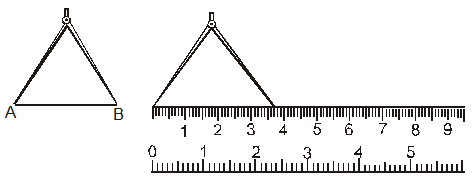
Units for measurment of line segments :The unit of measurment of length is metre.
A metre is divided into 100 equal parts, each called a centimetre. A centimetre is further subdivided into 10 equal parts, each called a millimetre.
Thus we have the following table :
10 Millimetres (mm) = 1 Centimetre (cm)
10 Centimetres(cm) = 1 Decimetre (dm)
10 Decimetres (dm) = 1 Metre (m)
or , 1 metre = 10 decimetres
= 100 centimetres
= 1000 millimetres
Ex. If B is the mid point of AC and C is the mid-point of BD where A, B, C and D are collinear, show that AB = CD ?
Sol. B is the mid-point of AC
∴ AB = BC .....(i)
Again C is the mid-point of BD
CD = BC .....(ii)
From (i) and (ii), we get
AB = CD
![]()
Degree Measure & Magnitude of an Angle
- Books Name
- CBSE Class 6 Mathematics Book
- Publication
- Param Publication
- Course
- CBSE Class 6
- Subject
- Mathmatics
Degree measure of an Angle
Circles divides into 360 equal parts and the unit is one of the 360 parts, or ![]() This unit is called degree, we usually use the sign(°).
This unit is called degree, we usually use the sign(°).
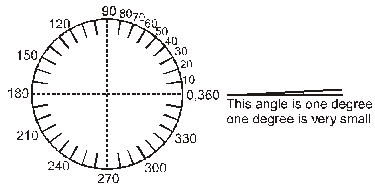
The drawing above shows a circle divided into 360 equal parts. The numerals label the marks
for each of 10 arcs, beginning at 0. The arc from 0 to 1 is a 1-degree arc. 1° is read “one degree”. The arc from 0 to 10 is a 10-degree arc.

The following illustrates the number of degrees in angles of standard rotations.
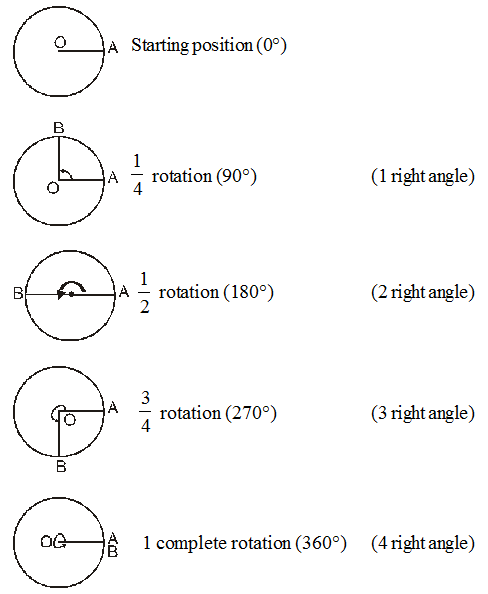
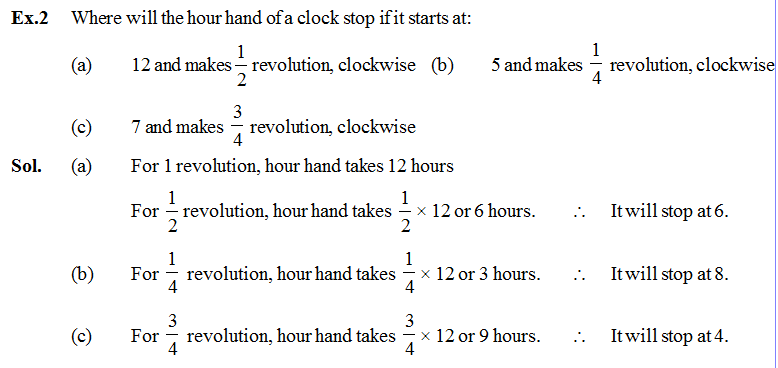
Magnitude of An angle
Magnitude of an angle is the amount of rotation through which one of the arms must be rotated about the vertex to bring it to the position of the other arm.
Kinds of Angle
- Books Name
- CBSE Class 6 Mathematics Book
- Publication
- Param Publication
- Course
- CBSE Class 6
- Subject
- Mathmatics
Kinds of angle
Angles are classified according to their degree measure.
(i) Acute Angle : An angle smaller than a right angle is called an acute angle.
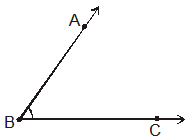
(ii) Right Angle : An angle which measures 90º is called a right angle. In Fig. ABC is a right angle.
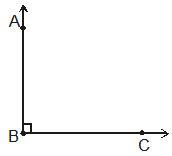
(iii) Obtuse Angle : If an angle is larger than a right angle, but less than a straight angle, it is called an obtuse angle.
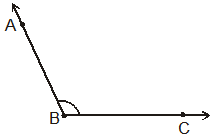
(iv) Straight Angle : An angle which measures 180° is called a straight angle in figure. ∠ABC is a straight angle.
![]()
(v) Reflex Angle : An angle which measures greater than 180° and less than 360° is called a reflex angle. ∠AOC is a reflex angle.
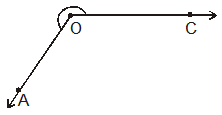
(vi) Complete Angle : An angle which measures 360° is called a complete angle. ∠AOB is complete angle.

Perpendicular lines
When two lines intersect and the angle between them is a right angle, then the lines are said to be perpendicular. If a line AB is perpendicular to CD, we write AB ⊥CD.
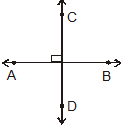
Perpendicular bisector
A line perpendicular to the given line segment as well as bisects it, is called perpendicular bisector. Line LM is perpendicular bisector of line segment AB.
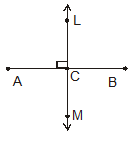
Classification of Triangles
- Books Name
- CBSE Class 6 Mathematics Book
- Publication
- Param Publication
- Course
- CBSE Class 6
- Subject
- Mathmatics
Classification of Triangles
A polygon of 3 sides. It has 3 angles and 3 sides. So we classify triangles according to sides as well as according to angles.
(i) According to sides, the triangles are
(a) Scalene Triangle : If all the sides of a triangle are unequal in length, it is called a scalene triangle. ∆ABC is a scalene triangle.
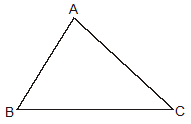
(b) Isosceles Triangle : If two sides of a triangle are equal. it is called isosceles triangle.
In ∆ABC sides AB and AC are equal.
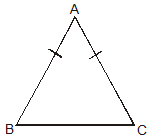
(c) Equilateral Triangle : If all the three sides of a triangle are equal, it is called equilateral triangle. AB = AC = BC, so ∆ABC is an equilateral triangle.
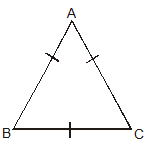
(ii) According to angles, the triangles are
(a) Acute angled Triangle : A triangle whose all angles are acute is known as an acute angled triangle.
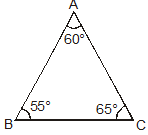
(b) Right angled Triangle : A triangle whose one of the angles is a right angle is called a right angled triangle.
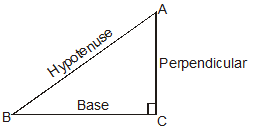
The side opposite to the right angle is called the hypotenuse and the other two sides are called the legs of the triangle. One leg (side) is perpendicular and other one is base.
(c) Obtuse angled Triangle : A triangle whose one of the angles is obtuse angle is called an obtuse angled triangle.
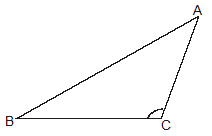
Relation between Sides and Angles of a Triangle :
(a) The angles of a scalene triangle are unequal.
(b) In an isosceles triangle, two angles are equal.
(c) All the angles of an equilateral triangle are equal. Each angle is 60°.
(d) If two angles of a triangle are equal then the sides opposite to them are also equal.
(e) A right angled triangle with two sides equal is called an isosceles right angled triangle.
Quadrilateral
- Books Name
- CBSE Class 6 Mathematics Book
- Publication
- Param Publication
- Course
- CBSE Class 6
- Subject
- Mathmatics
Quadrilateral
A quadrilateral is a polygon of 4 sides. In other words, a quadrilateral is a closed plane figure with four sides.
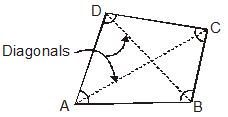
The line segments AC and BD are its diagonals.
The classification of quadrilaterals is summarised below :
1. Parallelogram
A parallelogram is a quadrilateral in which both pairs of opposite sides are parallel.
In the given figure, side AB is parallel to DC and side BC is parallel to AD or also we can write as AB || DC, AD || BC, therefore ABCD is a parallelogram.
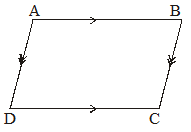
2. Rectangle
A rectangle is a parallelogram, whose all angle is a right angle.
In the given figure, ABCD is a rectangle.
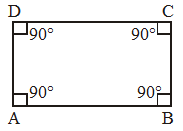
3. Rhombus
A rhombus is a parallelogram whose all sides are equal.
In the figure, PQRS is a parallelogram in which PQ = QR = RS = SP.
Diagonals PR and QS bisect each other at 90°.
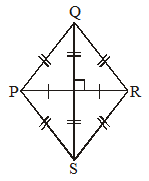
4. Square
A square is a parallelogram whose all sides are equal and each angle are right angle.
In the given figure, AB = BC = CD = DA and ∠A = ∠B =∠C =∠D = 90°.
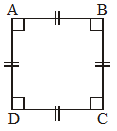
5. Trapezium
A trapezium is a quadrilateral with only one pair of opposite sides parallel.
In the given figure, ABCD is a trapezium in which AB || DC.
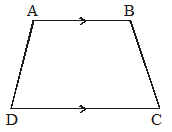
Polygon
- Books Name
- CBSE Class 6 Mathematics Book
- Publication
- Param Publication
- Course
- CBSE Class 6
- Subject
- Mathmatics
Polygon
A polygon is a plane closed figure made up of lines segments. The minimum number of sides of a polygon is three. A polygon can have more than 3 sides.
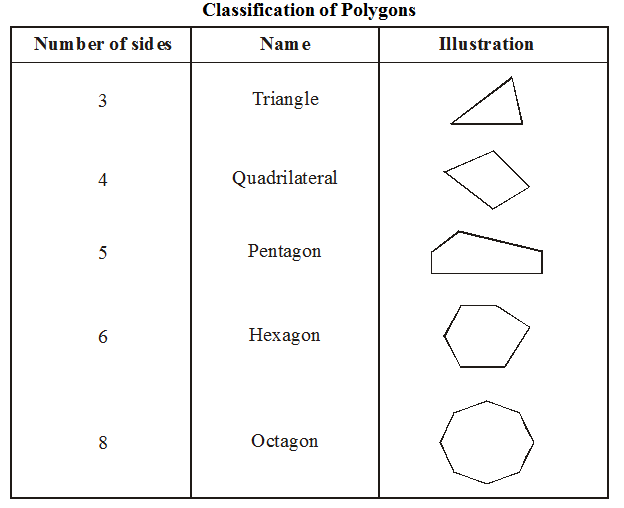
Regular polygon :
A polygon is called regular if all its sides are equal in length and all angles are equal in measure.
Solid Figures
- Books Name
- CBSE Class 6 Mathematics Book
- Publication
- Param Publication
- Course
- CBSE Class 6
- Subject
- Mathmatics
Solid Figures
A Closed figure which lies in more than one plane is called a solid figure.
The figures such as cube, cuboid, cylinder, pyramid, etc., which have three dimensions, namely length, breadth and height are called solid figures or 3-dimensional figures.

Solid figures (Three dimensional figures)
Faces, Edges and vertices of Solid Figure
• The surface of a solid is called its Face.
• An Edge is a line segment that is the intersection of two faces.
• A corner or Vertex in a solid shape is the point where the faces meet.

Types of Solids
- Books Name
- CBSE Class 6 Mathematics Book
- Publication
- Param Publication
- Course
- CBSE Class 6
- Subject
- Mathmatics
Types of solids
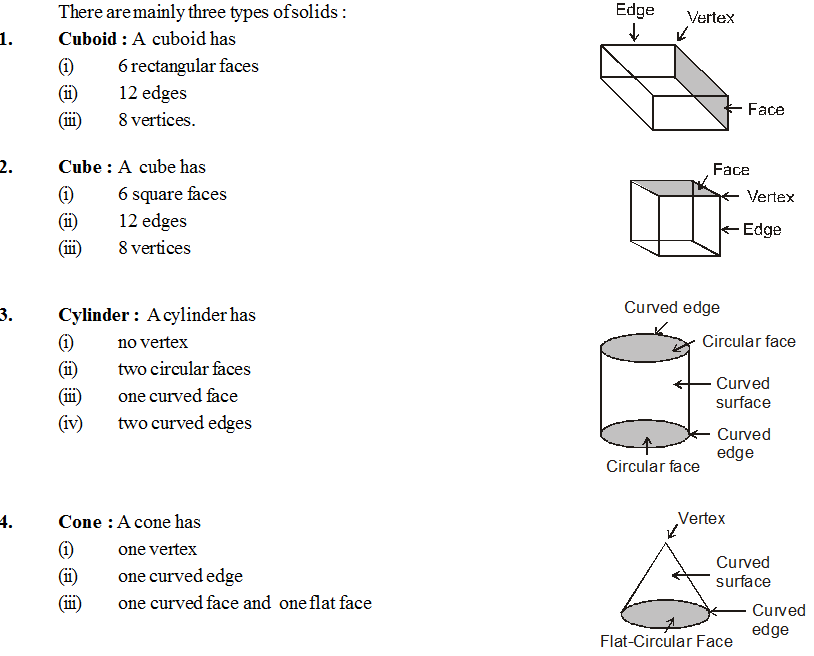
5. Prism : A solid whose base and top are identical polygons and side faces are rectangles, is called a prism. In a square prism whose base and top are congruent squares. Cuboid, cube etc.
are all special types of prisms.

6. Pyramid : A solid whose base is any polygon and side faces are triangles, is called a pyramid. Figure shows a pentagonal pyramid.

7. Triangular Pyramid : A triangular pyramid (Tetrahedron) shown in fig. has :
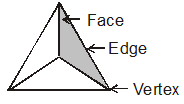
(i) 4 faces
(ii) 6 edges
(iii) 4 vertices
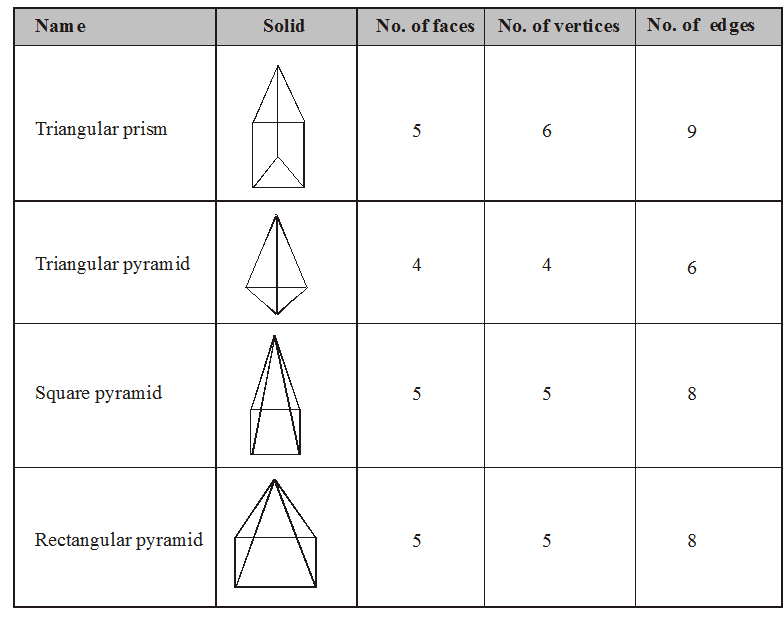

 ReginaTagebücher
ReginaTagebücher
 Param Publication
Param Publication
